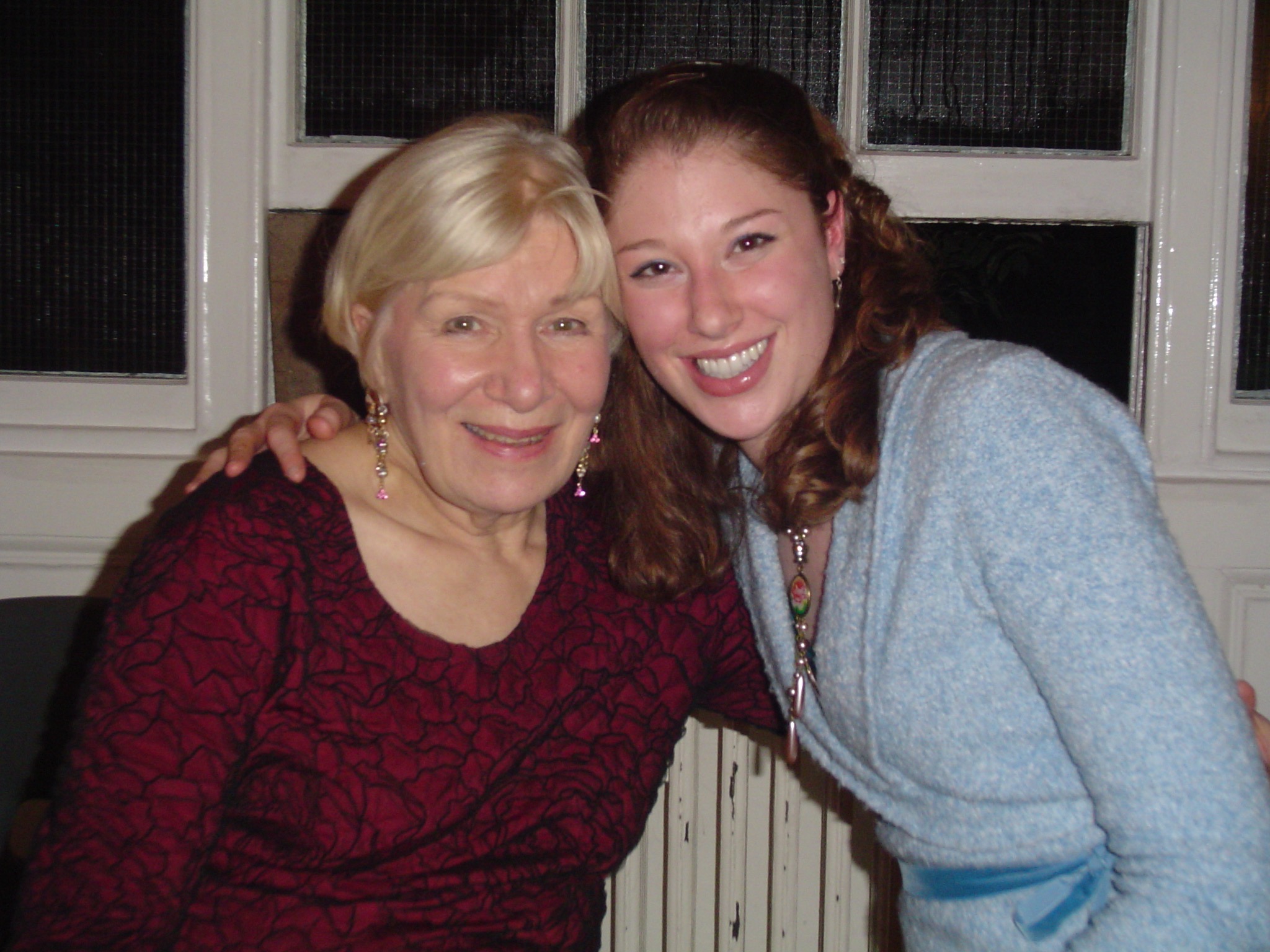Being Versus Doing

My junior year of college I studied abroad in London at the British American Drama Academy. It was awesome and I had this amazing dame of a teacher Sheila for Shakespeare class. One day after I’d been working on my monologue in front of the class, Sheila said to me “Elissa, go find the book Being Not Doing and read it. That’s what you need.” I nodded vigorously, but the truth was I had no idea what she meant. All the same for some reason the moment stuck in my brain. Three months later when I was back at the University of Southern California I remember thinking to myself: “Sheila wanted me to read a book. Was it called Being versus Doing? Doing and Being? Am I supposed to do or be?? I’m confused!!”
It took me years to finally understand what she’d been saying to me. I must have been up in front of the class reciting Desdemona with manufactured emotion, a pushed voice, and forced gestures. Sheila wanted me to be more and do less.

In the voice and movement classes that I teach now, I talk a lot about the definition of what I believe vocal and physical training is for:
Voice and movement training is about exploring the paradox of how much we have to DO and how much we can just BE.
Here are two other ways of saying that:
Voice and movement training is about figuring out what we have to do, and letting the rest of it be easy.
-or-
Voice and movement training is about economy of effort.
I led an exercise with my class the other day called “I Want You To Look At Me” that brings this paradox forward really clearly. In the exercise, one person at a time stands up in front of the class. Their only task is to say to individuals or the group “I want you to look at me” or “Please look away.” Other than that, their job is to stand there, make eye contact and be. Turns out, it’s one of the hardest things in the world. A bunch of junk comes up in this exercise. If you’re a fidgeter, you’ll likely start to fidget. If you have a tendency to lock your knees and lean back, neutral alignment tends to go out the door. A really common one is the nervous smile. This one happens to have been a personal habit of mine, and it was coming up very strongly for one student – she couldn’t stop smiling. So I offered:
“Notice that you’re smiling and see if it’s possible to let that go.”
She proceeded to start moving her lips all around, working hard to try not to smile. I waited for a bit to see if that would release, but when it didn’t I offered next:
“Maybe instead of trying not to smile, just let the smile go.”
It worked. Doing is trying not to smile. Being is letting the smile go.
Here’s the thing:
We don’t call ourselves human doings. We call ourselves human beings.
There is so much happening in our body, and subsequently in our voice, that we don’t need to monitor. It’s when we start trying to do so much and control our experience that it starts to feel strange or come across as inauthentic. Ironically, that’s when we think we have to do even more to ‘fix’ it. When the actual solution is to do less!
Yes, there are absolutely things we need to do when we’re onstage. If there’s a script, we have to say our lines. If there’s a piece of music, we have to hit certain notes at a certain time. If there are physical tasks we’re supposed to do, we need to do them. But if we do our tasks with habitual tension or excess effort, we’re overshooting the mark. We want to do what we have to do with the greatest ease and economy of effort. More being, less doing. Just like Sheila said.
Sheila passed away four years ago. If I could talk to her right now here’s what I’d like to say:
“Sheila, thank you for the book recommendation. I’ve never been able to figure out exactly which book you wanted me to read, but I get completely what you were saying. I am thinking of you and sending you love. Rest in peace. (And send me an Amazon link when you get a chance.)”
P.S. Here’s a song that I really like to help you remember to balance your doing with your being. Have a dance party today and enjoy 😊
50% Complete
Get each week's podcast episode in your inbox.
Plus other voice news from me! Pop in your details below and then keep an eye on your inbox... Remember to check your spam folder, just in case!
